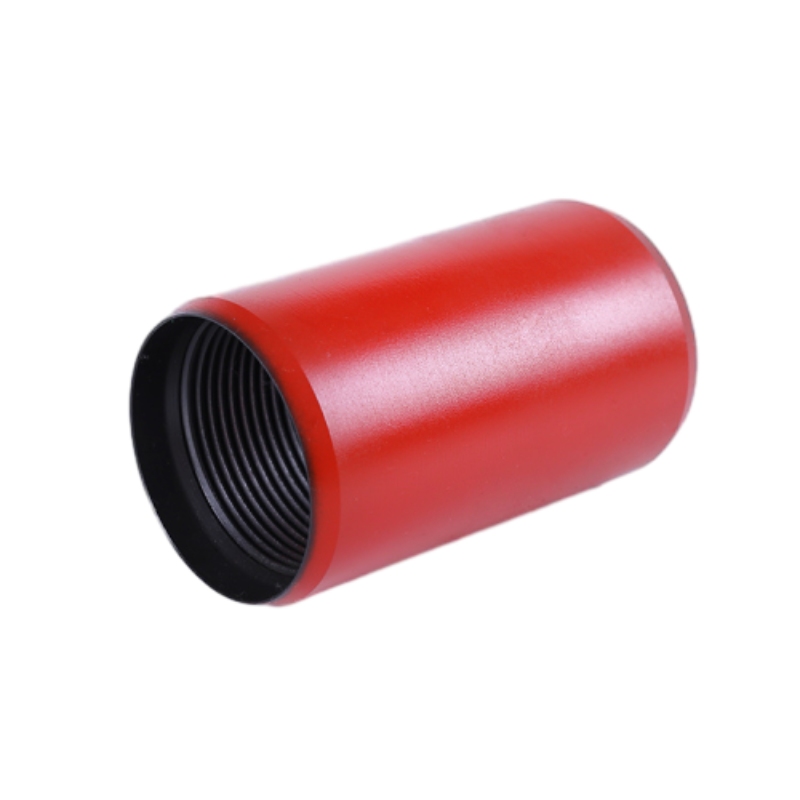- Afrikaans
- Albanian
- Amharic
- Arabic
- Armenian
- Azerbaijani
- Basque
- Belarusian
- Bengali
- Bosnian
- Bulgarian
- Catalan
- Cebuano
- Corsican
- Croatian
- Czech
- Danish
- Dutch
- English
- Esperanto
- Estonian
- Finnish
- French
- Frisian
- Galician
- Georgian
- German
- Greek
- Gujarati
- Haitian Creole
- hausa
- hawaiian
- Hebrew
- Hindi
- Miao
- Hungarian
- Icelandic
- igbo
- Indonesian
- irish
- Italian
- Japanese
- Javanese
- Kannada
- kazakh
- Khmer
- Rwandese
- Korean
- Kurdish
- Kyrgyz
- Lao
- Latin
- Latvian
- Lithuanian
- Luxembourgish
- Macedonian
- Malgashi
- Malay
- Malayalam
- Maltese
- Maori
- Marathi
- Mongolian
- Myanmar
- Nepali
- Norwegian
- Norwegian
- Occitan
- Pashto
- Persian
- Polish
- Portuguese
- Punjabi
- Romanian
- Russian
- Samoan
- Scottish Gaelic
- Serbian
- Sesotho
- Shona
- Sindhi
- Sinhala
- Slovak
- Slovenian
- Somali
- Spanish
- Sundanese
- Swahili
- Swedish
- Tagalog
- Tajik
- Tamil
- Tatar
- Telugu
- Thai
- Turkish
- Turkmen
- Ukrainian
- Urdu
- Uighur
- Uzbek
- Vietnamese
- Welsh
- Bantu
- Yiddish
- Yoruba
- Zulu
pup joint drill pipe
Understanding Pup Joint and its Role in Drill Pipe Systems
In the oil and gas industry, efficient drilling operations are crucial for successful resource extraction. One important component in the drilling assembly is the pup joint, a specialized type of drill pipe. This article explores the significance of pup joints, their characteristics, and their applications in drilling operations.
Understanding Pup Joint and its Role in Drill Pipe Systems
Pup joints come in different sizes and grades, aligning with the standards set by organizations such as the American Petroleum Institute (API). The API establishes guidelines for the manufacturing, testing, and usage of drill pipes, including pup joints, ensuring safety and reliability in drilling operations. Depending on the drilling environment, the materials used to construct pup joints may vary, with options including steel alloys that are resistant to corrosion and extreme pressure.
pup joint drill pipe

One of the main advantages of using pup joints is their role in maintaining the integrity of the drill string. By allowing for precise adjustments in length, they help manage the tension and torque that the drill string experiences while operating in harsh conditions. This adaptability offers significant benefits, especially in deepwater drilling or complex geological formations where accessibility can be a challenge.
In addition to their functional benefits, pup joints also contribute to the overall safety of drilling operations. By enabling a more balanced drill string, they help minimize risks such as tool failure or loss of control during drilling. A well-maintained drill assembly, including the proper use of pup joints, can drastically reduce downtime and associated costs, enhancing the economic viability of drilling projects.
Furthermore, pup joints are not limited to traditional vertical drilling; they have also found applications in directional and horizontal drilling. In these advanced drilling techniques, pup joints provide necessary flexibility to navigate curved paths while maintaining stability and control.
In summary, pup joints play an essential role in the functionality and safety of drilling operations in the oil and gas sector. Their ability to adjust the drill string’s length with precision enhances operational efficiency and stability, ensuring successful drilling outcomes. As the industry continues to evolve with advancements in technology and drilling techniques, the significance of pup joints is likely to grow, making them indispensable in modern drilling practices. Understanding and effectively utilizing pup joints can contribute to more efficient and safer exploration and extraction of valuable resources.
-
Well Casing Extension Couplings – Applications and InstallationNewsJun.06,2025
-
Types of Crossover Subs in Drilling & CompletionNewsJun.06,2025
-
Key Features of High-Quality Tubing Pup JointsNewsJun.06,2025
-
Installation and Maintenance Tips for Steel Couplings for PipeNewsJun.06,2025
-
How to Select the Right Pup Joint for Oil & Gas OperationsNewsJun.06,2025
-
Applications of Stainless Steel Pipe CouplingsNewsJun.06,2025







